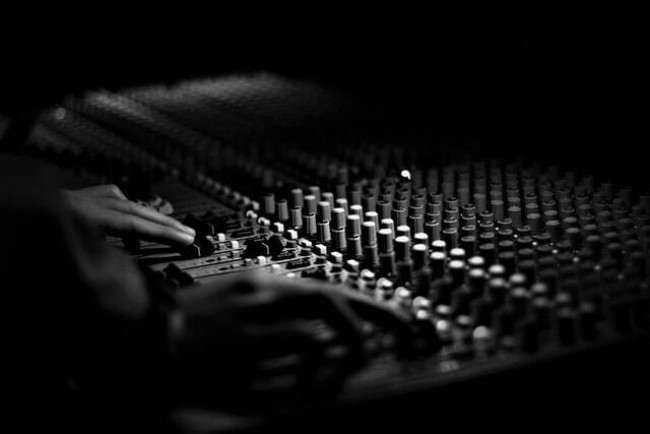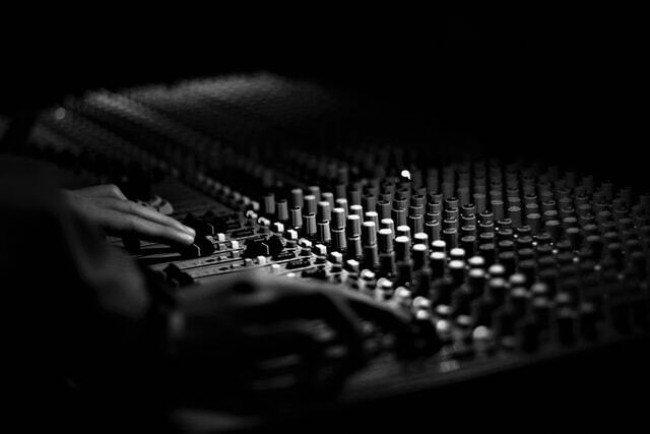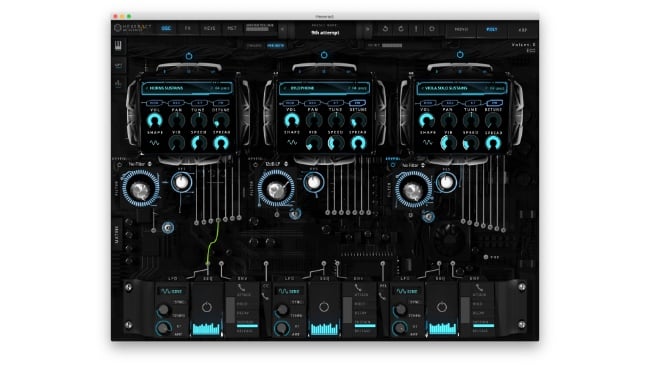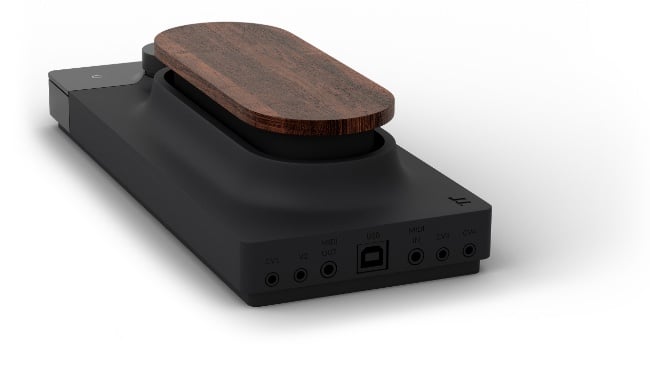

It’s inherent that a movie needs to use a powerful visual language in order to become a success. But many if not all successful movies also use sound and soundscapes to help control the spectator’s emotions with regards to what he’s seeing. Sci-fi movies like Wall-E and Star Wars use soundscapes to draw us deep into an unknown world by using familiar sounds in novel ways.
When someone describes an environment, complete with the sounds they heard, you are likely to hear those sounds in your mind and associate them with things and events that are familiar to you. This is a naturally occurring process called audiation. As with imagination, each person’s audiation is different from that of the next, but sonic imagery does evoke roughly the same feelings in an audience.
Indeed, it can draw you into an environment that cannot physically exist, hence the power of well-designed soundscapes in sci-fi movies. Soundscapes can consist of almost musical compositions but also simple, recorded sounds. For movies that play in our known world, a director may want to create sound surroundings that convey not just the environment as you see it but a specific set of emotions that go along with it and that reinforce the story. For example, a shot of a man in a motel room, even when the lighting is adapted to suggest loneliness, may have little of the desired emotional impact unless a soundscape underlines the emotion — even if that means making the scene totally silent. Silence in an otherwise sound-rich movie has more power to hit you in the face than anything else.
Most soundscapes for non-sci-fi movies can be created with ethnographic anthropological field recordings, such as recordings of sounds in a city, of people in a park, etc, but also with natural sounds like birds in the sky. In many non-sci-fi movies, the soundscape is created by carefully selecting and mixing sounds as the director and sound designer try to evoke a feeling in the viewer/listener of being there, whatever the location of film reality might be.
That’s true for natural surroundings as much as for invented worlds. For non-existent worlds, however, you need a sonic quality that tells the audience the environment might be natural for its inhabitants while it’s strange to us. That atmosphere can only be created using synthesisers. Synthesisers like the Alchemy plug-in that comes with Apple’s Logic Pro X DAW and Hexeract, a newer and innovative synthesiser by Auddict, let composers use sampled sounds as well pure waveforms to create sounds that are out-of-this world while still having an undertone of familiarity.

Hexeract in particular makes creating soundscapes simple, even if you’re not a sound engineer. The results that you can obtain with Hexeract can be made to sound very close to natural even as it recalls images of impossible realities. That’s partly due to the high quality of the samples of brass and wood instruments and of strings such as guitars, violins and cellos, and partly to the ease with which you can have these existing instruments sound on the edge of the impossible. Hexeract is based on HISE, an open source synthesiser platform that has inspired others to build their own synthesisers.
Except for a whole new generation of relatively easy to use software synthesisers with truly unique capabilities, some vendors of hardware have been at work to create unique and innovative new control surfaces as well. The MIDI control surface is just as important as the synthesiser itself, as it allows the soundscape designer to interact with the software using movements of his arm, fingers and wrist that feel natural.

Expressive-E, a French vendor of so-called MPE (MIDI Polyphonic Expression) devices has released Touché, a controller that looks like a giant button. Touché unlocks new sound design possibilities because it’s literally a surface (in wood or a synthetic material) that is so sensitive to touch and gestures that it translates the subtlest movements of the wrist or the arm into rich MIDI (and other) control data. It combines multiple axes of movement and allows artists to quite literally create a sound sculpture.
Touché is compatible with virtually any hardware or software synthesiser thanks to its built-in CV, MIDI and USB outputs. For those of us who aren’t synthesiser experts, the device comes with high-quality preset mappings for most of the best-selling VST instruments. It even includes a library of presets to create new sounds without much effort.
There’s a whole range of new software synthesisers and MPE-capable controllers that is already allowing soundscape designers to invent new sound experiences. They will make the emotional response to viewing film more powerful than ever before.
Tags: Production


Comments